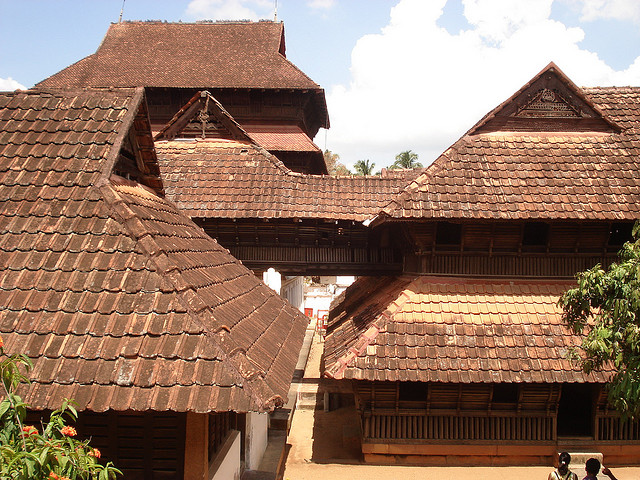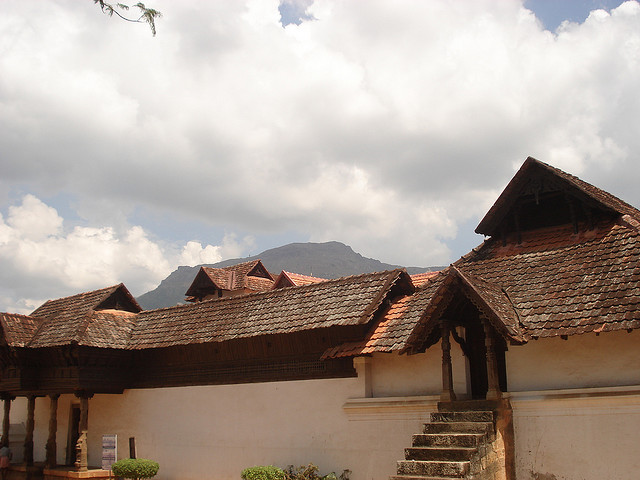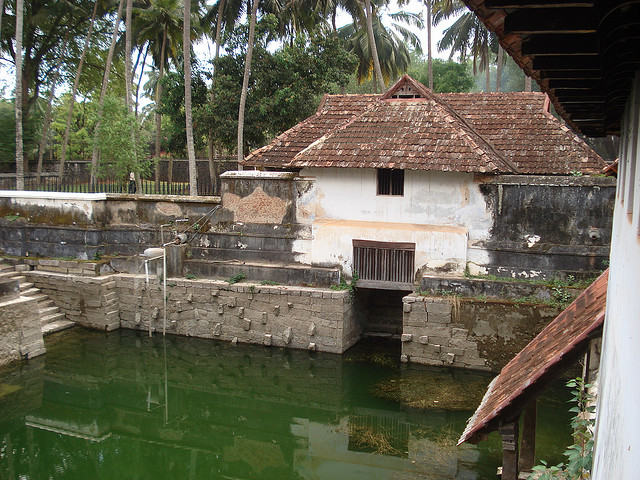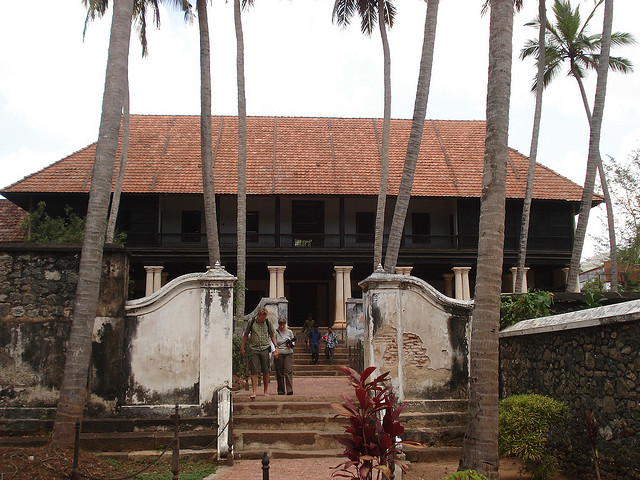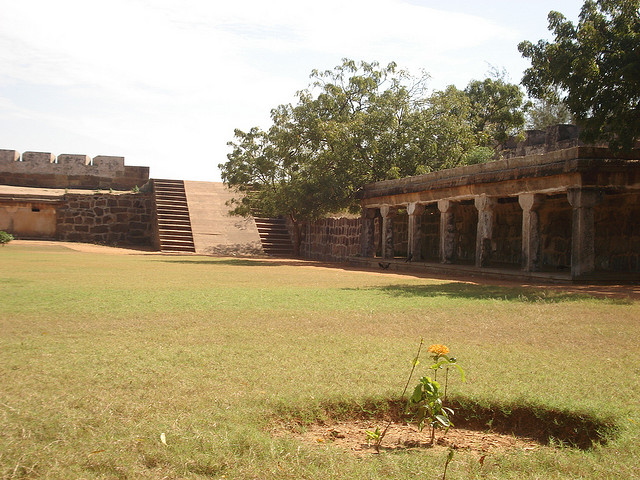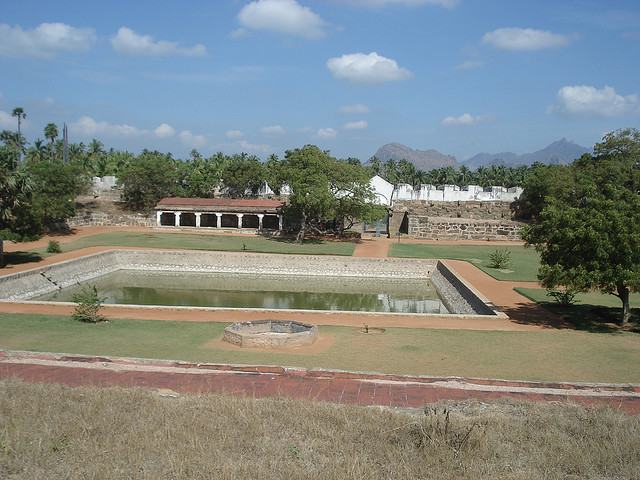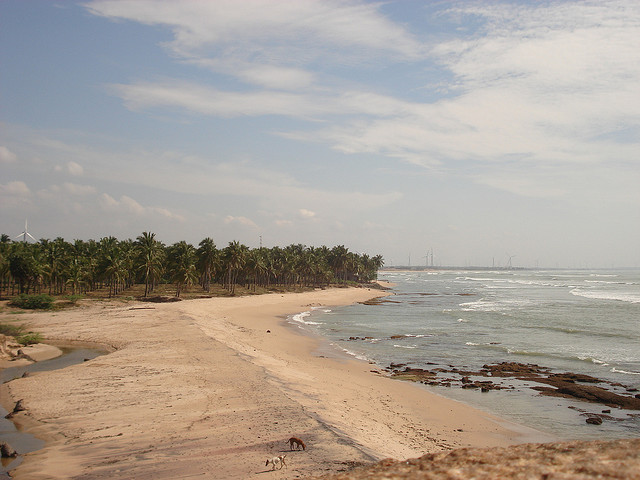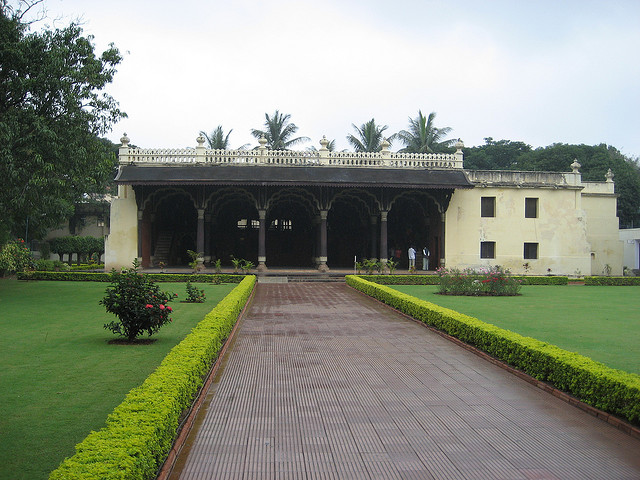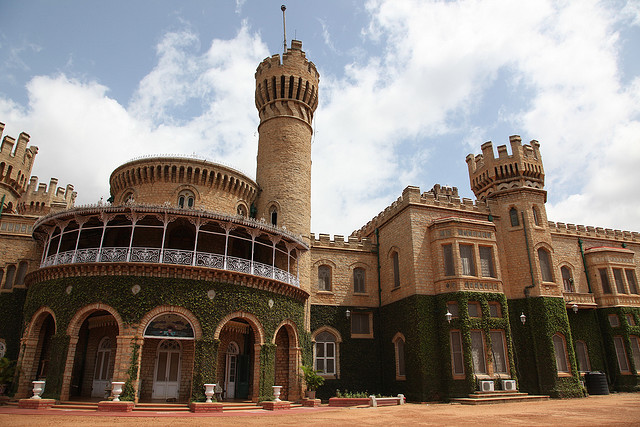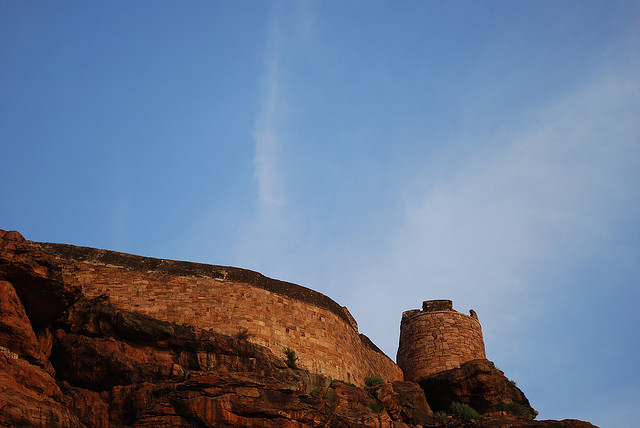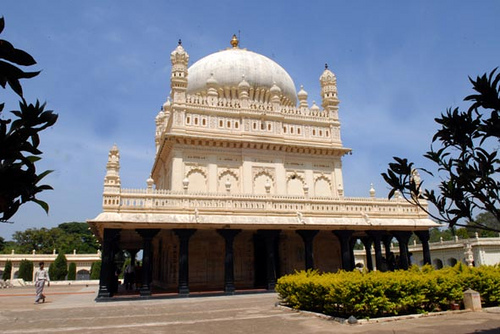Padmanabhapuram Palace
When you think of palaces then perhaps besides England with its famous palaces, the second place that comes into the mind is definitely India. Padmanabhapuram Palace is one of these many palaces that symbolize the rich and diverse cultural heritage of India that has been around for many centuries. However, what is interesting about this palace is the fact that Padmanabhapuram Palace is made entirely from wood and not any other substance. Kerala Government is responsible for maintaining this magnificent palace and Padmanabhapuram Palace draws hundreds of visitors every day continuously. It is one of the best 10 palaces in the world.
http://www.flickr.com/photos/ganuullu/2280841313/in/set-721576039113548…
http://www.flickr.com/photos/ganuullu/2281635076/in/photostream
